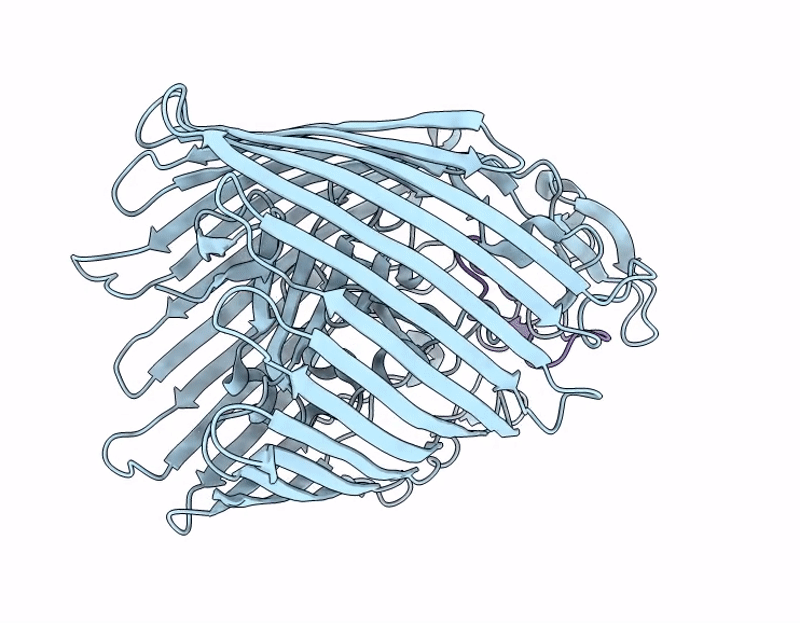
Deposition Date
2025-03-05
Release Date
2025-09-24
Last Version Date
2025-10-22
Entry Detail
Biological Source:
Source Organism:
Escherichia coli (Taxon ID: 562)
Enterobacteriaceae (Taxon ID: 543)
Enterobacteriaceae (Taxon ID: 543)
Host Organism:
Method Details:
Experimental Method:
Resolution:
2.90 Å
Aggregation State:
PARTICLE
Reconstruction Method:
SINGLE PARTICLE


